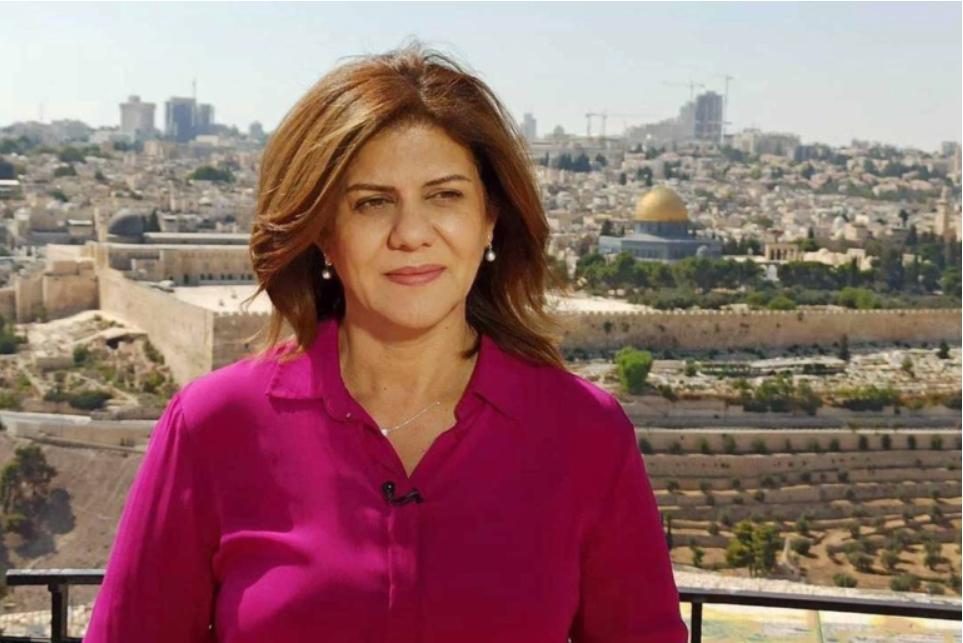Space telescope in home stretch of tests; early pics impress
By MARCIA DUNN

This combination of images provided by NASA on Monday, May 9, 2022, shows part of the Large Magellanic Cloud, a small satellite galaxy of the Milky Way, seen by the retired Spitzer Space Telescope, left, and the new James Webb Space Telescope. The new telescope is in the home stretch of testing, with science observations expected to begin in July, astronomers said Monday.
(NASA/JPL-Caltech, NASA/ESA/CSA/STScI via AP)
CAPE CANAVERAL, Fla. (AP) — NASA’s new space telescope is in the home stretch of testing, with science observations expected to begin in July, astronomers said Monday.
The James Webb Space Telescope beamed back the latest test pictures of a neighboring satellite galaxy, and the results are stunning when compared with images taken by NASA’s previous infrared observatory, the Spitzer Space Telescope.
Each of the 18 mirror segments on the new telescope is bigger than the single one on Spitzer.
“It’s not until you actually see the kind of image that it delivers that you really internalize and go ‘wow!’” said University of Arizona’s Marcia Rieke, chief scientist for Webb’s near-infrared camera. “Just think of what we’re going to learn.”
Launched last December, the $10 billion Webb is the largest and most powerful astronomical observatory ever sent into space. It will seek light emitted by the first stars and galaxies close to 14 billion years ago, and keep a sharp lookout for possible signs of life.
Scientists are keeping the identity of Webb’s first official target a secret.
Positioned 1 million miles (1.6 million kilometers) from Earth, Webb is considered the successor to the aging Hubble Space Telescope.
___
The Associated Press Health and Science Department receives support from the Howard Hughes Medical Institute’s Department of Science Education. The AP is solely responsible for all content.
CAPE CANAVERAL, Fla. (AP) — NASA’s new space telescope is in the home stretch of testing, with science observations expected to begin in July, astronomers said Monday.
The James Webb Space Telescope beamed back the latest test pictures of a neighboring satellite galaxy, and the results are stunning when compared with images taken by NASA’s previous infrared observatory, the Spitzer Space Telescope.
Each of the 18 mirror segments on the new telescope is bigger than the single one on Spitzer.
“It’s not until you actually see the kind of image that it delivers that you really internalize and go ‘wow!’” said University of Arizona’s Marcia Rieke, chief scientist for Webb’s near-infrared camera. “Just think of what we’re going to learn.”
Launched last December, the $10 billion Webb is the largest and most powerful astronomical observatory ever sent into space. It will seek light emitted by the first stars and galaxies close to 14 billion years ago, and keep a sharp lookout for possible signs of life.
Scientists are keeping the identity of Webb’s first official target a secret.
Positioned 1 million miles (1.6 million kilometers) from Earth, Webb is considered the successor to the aging Hubble Space Telescope.
___
The Associated Press Health and Science Department receives support from the Howard Hughes Medical Institute’s Department of Science Education. The AP is solely responsible for all content.

















